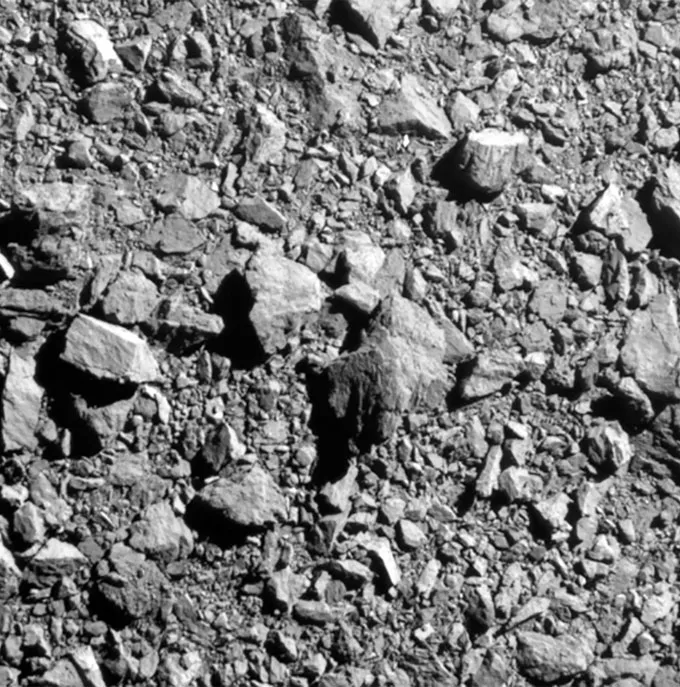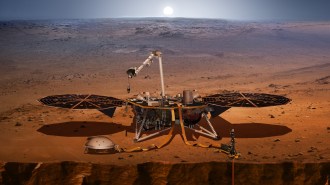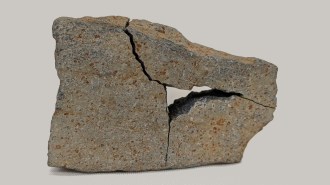NASA’s DART mission lofted a swarm of boulders into space
Many of the newly liberated rocks will eventually go into their own orbit around the sun

A trail of dust extends from the asteroid Dimorphos (bright object at left in this Hubble telescope image), which now has 37 previously unseen boulders (circled) traveling alongside it.
NASA, ESA, D. Jewitt/UCLA








